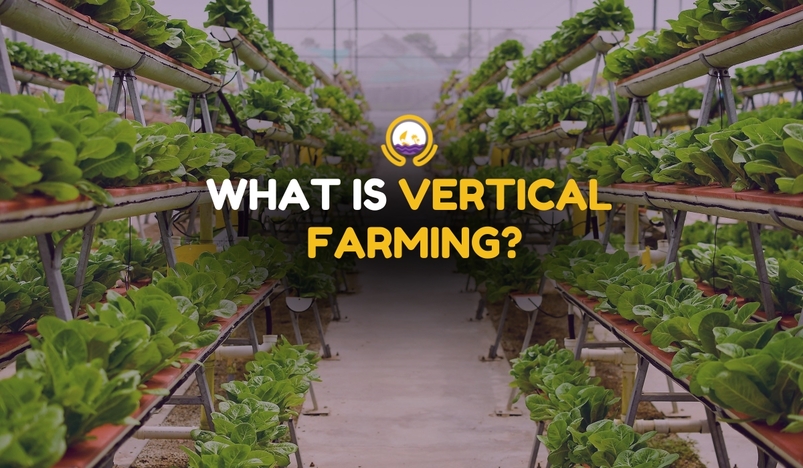
Vertical Farming
Vertical farming is a method of growing crops in vertically stacked layers, often in controlled indoor environments. This vertical arrangement allows for the efficient use of both space and resources. Instead of sprawling fields, crops are cultivated in stacked towers or shelves, utilizing technology to provide optimal conditions for plant growth.
Vertical Structures
The defining feature of vertical farming is its use of vertical space. This can include shelves, racks, or towers where plants are cultivated in multiple layers.
Controlled Environment
Vertical farms often operate in controlled environments, where factors like temperature, humidity, and light can be precisely regulated. This allows for year-round cultivation independent of external weather conditions.
Hydroponics or Aeroponics
Vertical farming often employs soilless cultivation methods like hydroponics (growing plants in nutrient-rich water) or aeroponics (growing plants in an air or mist environment without soil). These methods optimize water usage and nutrient delivery.
Artificial Lighting
In indoor vertical farms, artificial lighting, often using LED technology, plays a crucial role in providing the necessary light spectrum for photosynthesis. This enables consistent and efficient crop growth.
Space Efficiency
Vertical farming maximizes land use by growing crops in a three-dimensional space. This is particularly advantageous in urban areas with limited available land.
Year-Round Cultivation
The controlled environment of vertical farms allows for continuous cultivation throughout the year, overcoming the limitations of seasonal changes.
Reduced Water Usage
Hydroponic and aeroponic systems in vertical farming use water more efficiently than traditional soil-based agriculture. This can contribute to water conservation, a critical concern in many regions.
Minimal Environmental Impact
By operating in a controlled environment, vertical farming reduces the need for pesticides and herbicides, minimizing the environmental impact associated with traditional farming practices.
Localized Production
Vertical farms can be established in urban or peri-urban areas, bringing food production closer to consumers. This reduces the carbon footprint associated with transportation and storage.
Challenges and Considerations
While vertical farming holds great promise, it's not without challenges. Initial setup costs, energy consumption for artificial lighting, and the need for technological expertise are factors that need consideration. Additionally, addressing the scalability of vertical farming to meet global food demands remains a topic of ongoing research.
As our world grapples with the complexities of food security, environmental sustainability, and population growth, innovations like vertical farming offer a glimpse into the future of agriculture. While it may not replace traditional farming entirely, it presents a complementary and sustainable solution to help feed a growing global population.
In the upward-reaching towers of vertical farms, we find a symbol of agriculture evolving towards greater efficiency, conservation, and resilience. The journey towards a greener and more sustainable future is, quite literally, growing up.
.jpg)
Qatar Secures Place Among the World's Top 10 Wealthiest Nations
.jpg)
Hamad International Airport Witnesses Record Increase in Passenger Traffic

Saudi Arabia: Any visa holder can now perform Umrah

What are Qatar's Labour Laws on Annual Leave?
Leave a comment